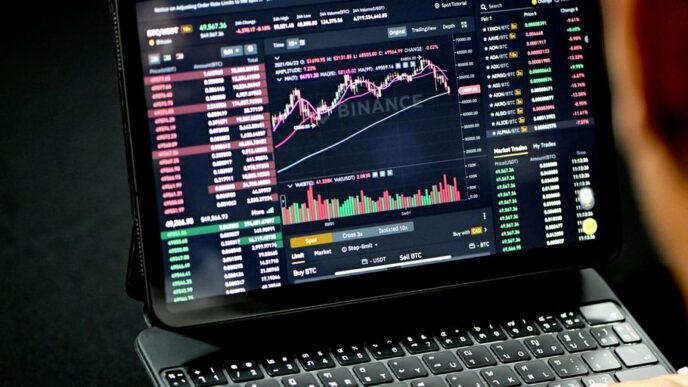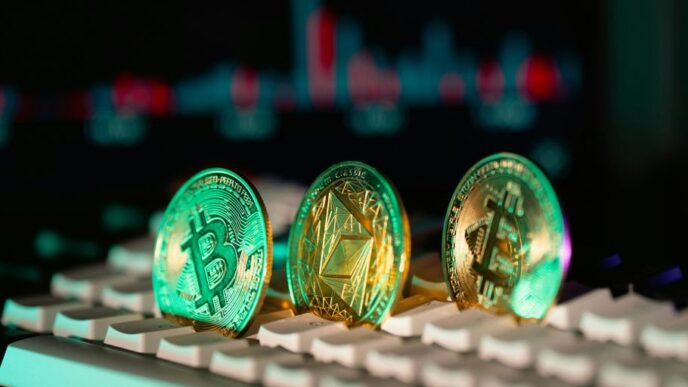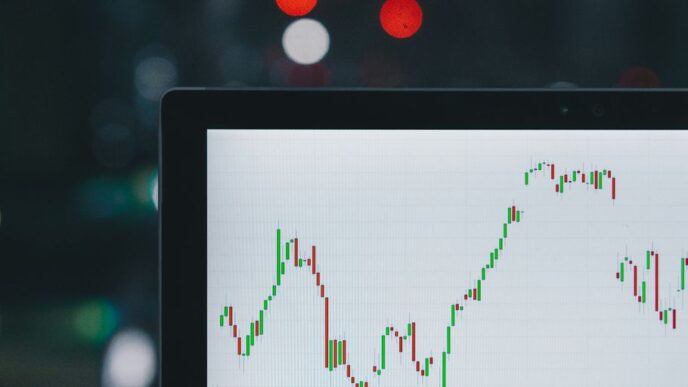Japan is on the brink of a major transformation in its banking sector, with nearly 80% of the country’s banks planning to integrate Ripple’s XRP by 2025. This significant shift is poised to enhance cross-border payments, streamline remittances, and promote the broader adoption of blockchain technology within the financial landscape.
Key Takeaways
- Widespread Adoption: Approximately 80% of Japanese banks are expected to adopt XRP by 2025.
- Support from Industry Leaders: Key figures, including Yoshitaka Kitao, CEO of SBI Group, advocate for XRP’s potential in international remittances.
- Enhanced Efficiency: The integration of XRP could lead to faster and more cost-effective cross-border transactions.
- Global Implications: Japan’s move may set a precedent for other countries and financial institutions to follow.
The Shift Towards XRP
The anticipated adoption of XRP by Japanese banks marks a pivotal moment in the evolution of the financial sector. With a significant expatriate and migrant worker population, Japan stands to benefit immensely from the integration of XRP, which could facilitate quicker and cheaper remittance services.
Yoshitaka Kitao has been vocal about the advantages of XRP, highlighting its potential to meet the real demand for efficient cross-border transactions. He has contrasted XRP’s utility with Bitcoin, suggesting that the latter lacks inherent value in comparison.
Benefits of XRP Integration
The integration of XRP into the banking systems of Japan is expected to yield several benefits:
- Faster Transactions: XRP can significantly reduce the time taken for cross-border payments.
- Cost-Effectiveness: Lower transaction fees could make remittances more affordable for users.
- Increased Financial Inclusion: By reducing costs, XRP could help more individuals access financial services.
- Enhanced Trust in Blockchain: The move could bolster confidence in blockchain technology among traditional financial institutions.
Ripple’s On-Demand Liquidity Network
Ripple’s On-Demand Liquidity (ODL) network, which utilises XRP for cross-border payments, is expected to expand as more banks come on board. This growth could further entrench XRP’s position as a vital component of the global financial ecosystem.
The potential for reduced remittance costs and improved transaction speeds could lead to greater financial inclusion, particularly for those in developing countries who rely on remittances from abroad.
Global Implications of Japan’s Adoption
Japan’s decision to embrace XRP could have far-reaching implications beyond its borders. As one of the world’s largest economies, Japan’s adoption of XRP may serve as a model for other nations considering similar moves. This could encourage increased institutional investment in XRP and foster greater mainstream acceptance of blockchain-based financial solutions.
As Western countries begin to strengthen their regulations around cryptocurrencies, Japan’s proactive approach may inspire a wave of innovation and adoption in the global financial landscape.
Conclusion
The impending adoption of Ripple’s XRP by a significant portion of Japanese banks signals a transformative shift in the financial sector. With the potential to enhance efficiency, reduce costs, and promote financial inclusion, XRP is poised to play a crucial role in the future of global finance. As Japan leads the way, the world will be watching closely to see how this development unfolds and influences the broader financial ecosystem.
Sources
- 80% of Japanese banks set to adopt Ripple’s XRP by 2025, The Crypto Times.














